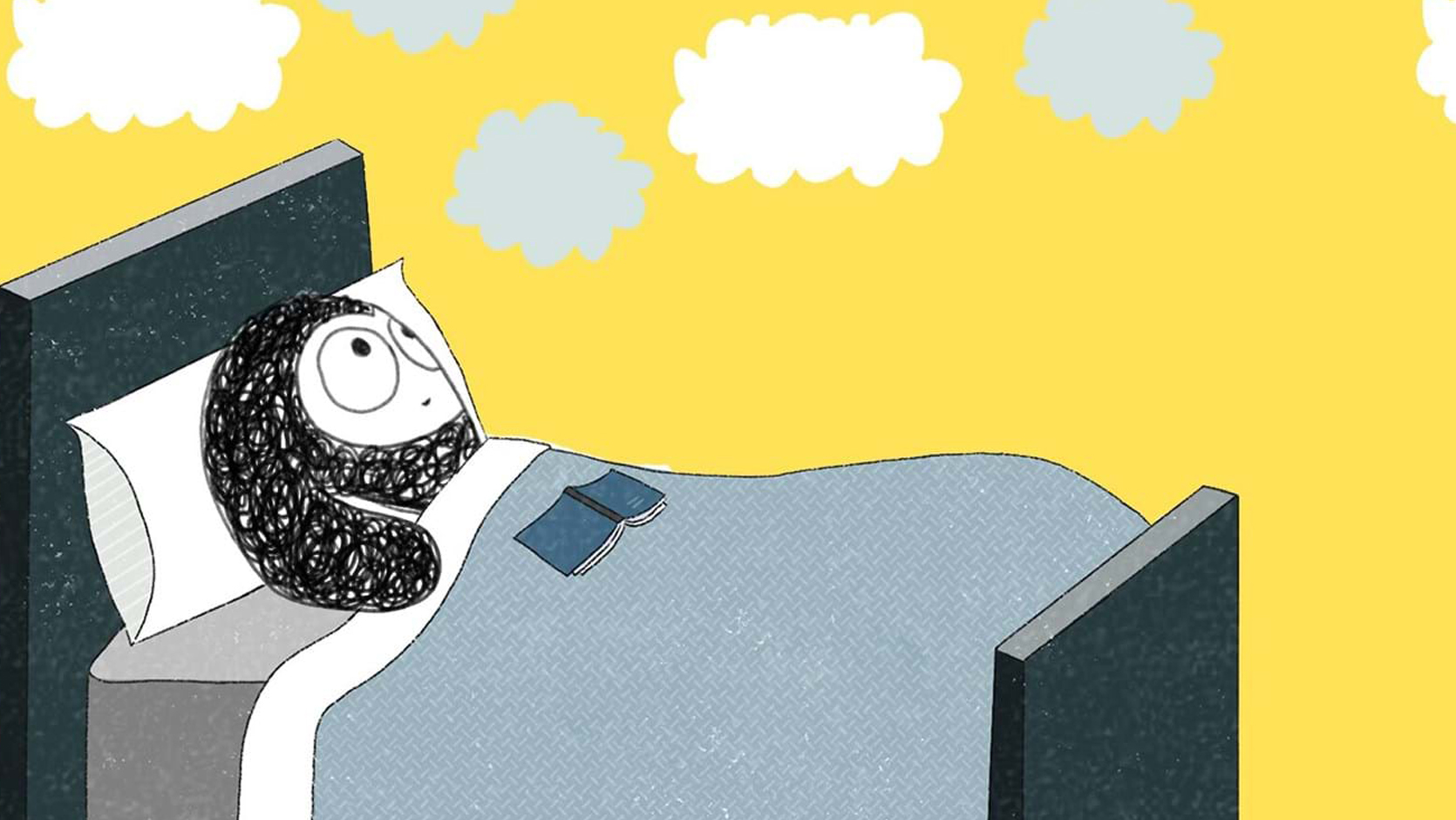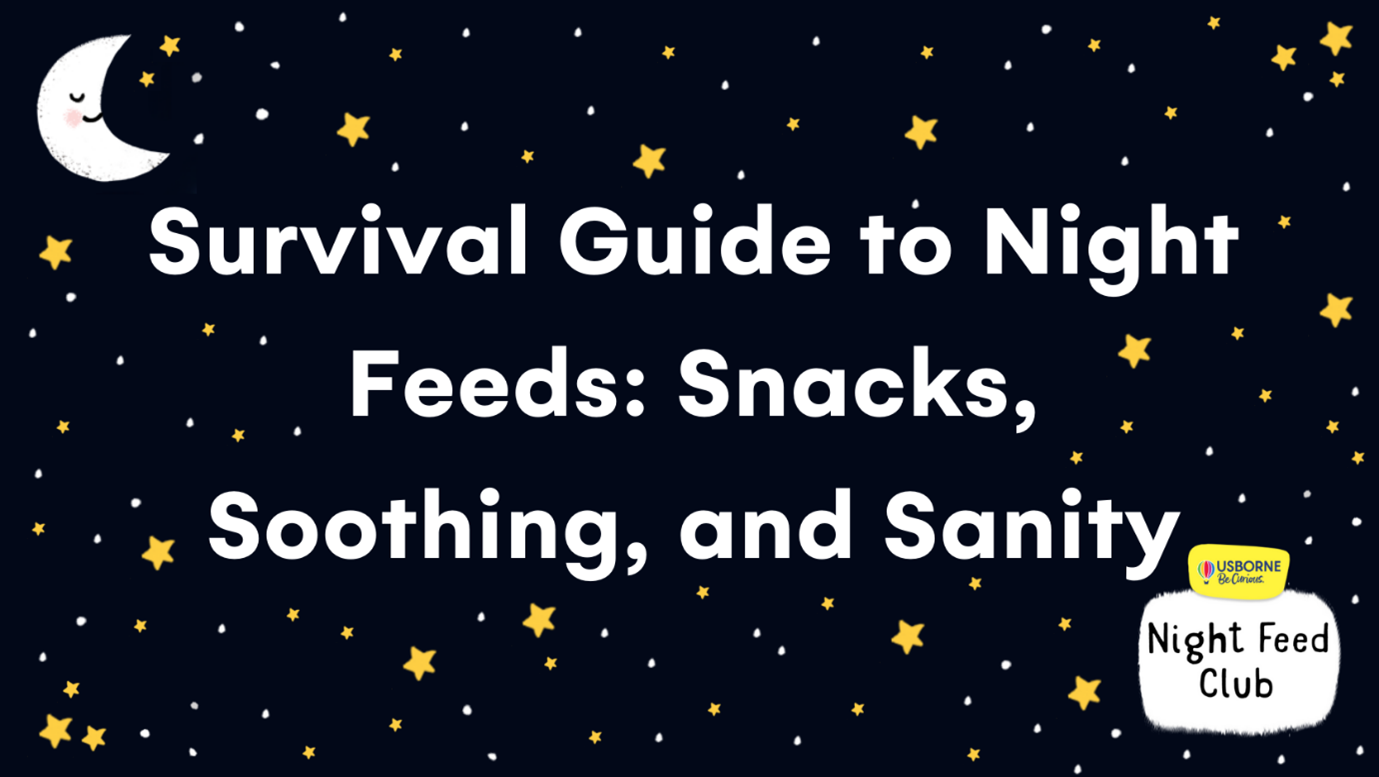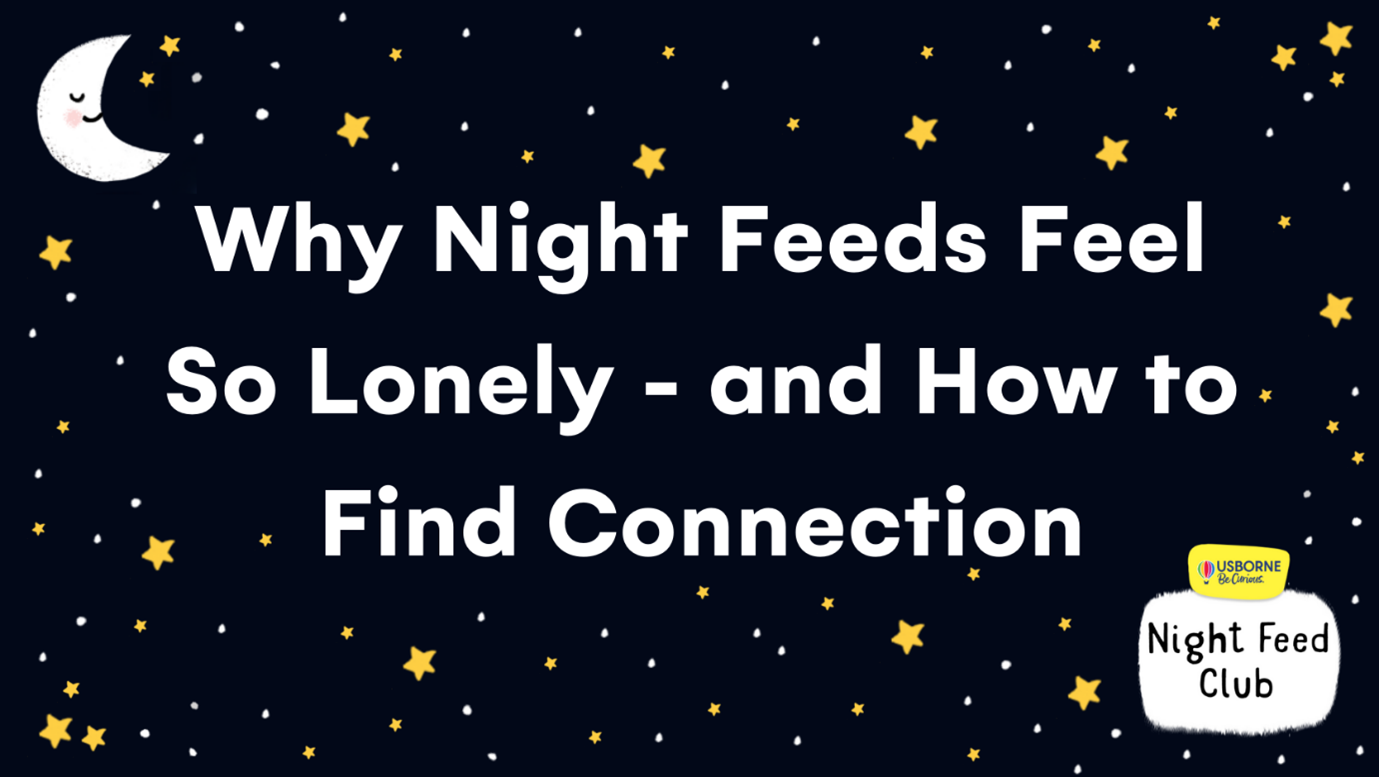- Tips and expert advice
5 calming tips for children who worry

We all worry. Worries are annoying, but they’re also normal and unfortunately pretty common. EVERYONE worries at some point and some of us worry a lot. Worrying isn’t a bad thing, and often it can help you do a good job or be a better person. But it’s important to be able to cope with worries so they don’t stop you living your life.
Here are some activities to try to help you deal with worries when they pop up. They might not make them go away COMPLETELY, but hopefully they will help.
1) Worry box
Writing down a worry helps to get it OUT OF YOUR HEAD. Try making a worry box to get rid of worries you’re jotting down. Turn the box into a creature and imagine it EATING up the worries.
2) Design a character
It can be helpful to think about your worries as a character, completely separate from yourself. Psychologists call this unworry technique EXTERNALISING. Design a creature. Whenever a worry pops into your head, just imagine the creature and tell it to go away, or be quiet.
3) Scribble
Rather than shouting, crying or getting angry when you’re worried, try SCRIBBLING the worry away. Scrawl, scribble, and doodle onto some scrap paper until you feel calmer. Then scrunch the paper up and throw it away again.
4) Breathe
The most famous worry hormone is ADRENALINE. Adrenaline makes you want to breathe in very quickly, which makes you feel as if you’re running out of air. To beat adrenaline and calm down, breathe in through your nose for 3 seconds, right into your chest. Then breathe out for 3 seconds through your mouth. Keep going until your breathing feels steady, your heart slows down, and you feel relaxed.
5) Move it, move it!
Being active releases chemicals called ENDORPHINS in your brain. Endorphins are feel-good chemicals that give you a big boost. Put some music on and DANCE for a few minutes. Or do star jumps, big jumps, long jumps until you’re out of breath. You may feel a bit silly, but don’t worry – JUST GO FOR IT! More moving = less worrying, so get to it!
These tips have been taken from The Unworry Book by Alice James. There are many more tips and activities in The Unworry Book that will help you understand why we worry and how to let go of your worries. Everything in the book has been checked and recommended by a psychologist.
And don’t forget to look at Usborne Quicklinks for advice, support and more unworry activities. Please follow the internet safety guidelines at the Usborne Quicklinks website.



